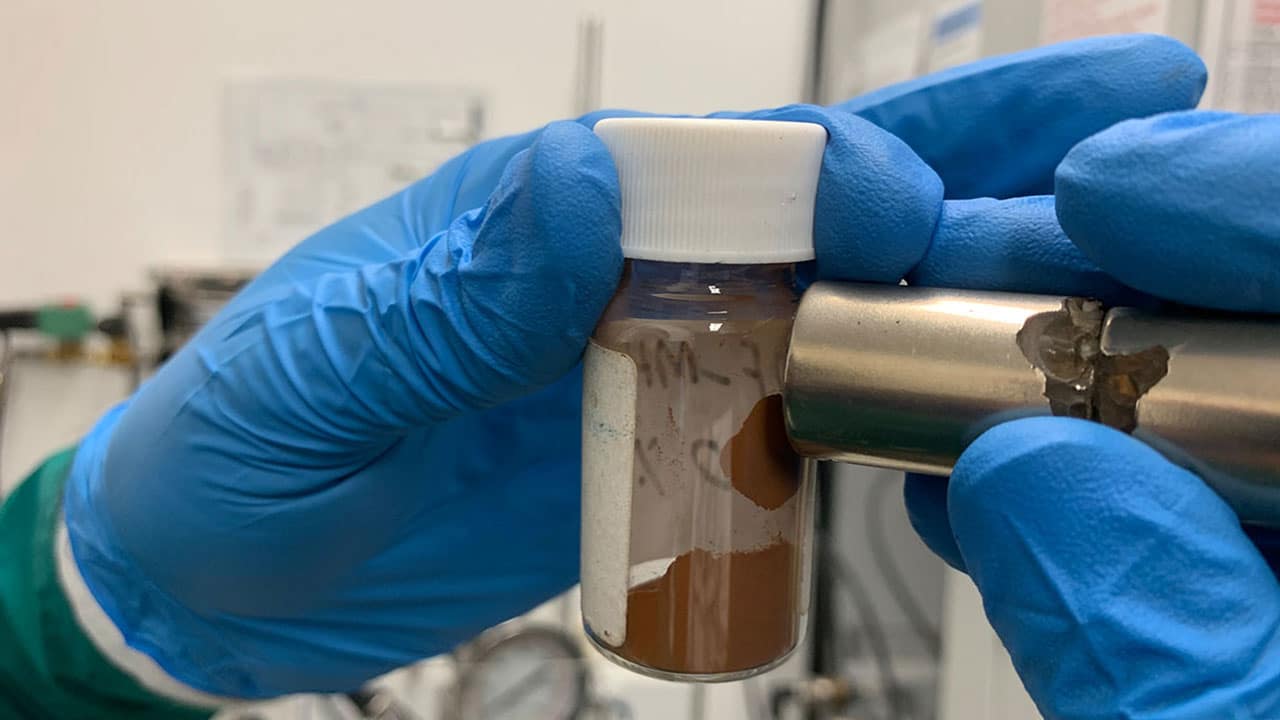
Environmental pollution is a significant contributor to diseases in living organisms, with water being crucial to humans, plants, and aquatic’s survival. However, removing both solid and dissolved contamination in water remains a significant challenge. Small-size solids are most concerning due to the difficulty in detecting and removing them using current technologies.
Now, researchers at Australia’s RMIT University have found an innovative way to rapidly remove hazardous microplastics from water using magnets. While the existing methods could take days to remove microplastics from water, researchers say their cheap and sustainable invention achieves better results in just one hour.
The team has developed adsorbents in the form of a powder that removes microplastics 1,000 times smaller than those currently detectable by existing wastewater treatment plants.
The powder is actually made up of nanopillared structures composed of a two-dimensional (2D) metal-organic framework (MOF) separated by carbon-encapsulated iron oxide nanopillars. The nanopillared structure features a high surface area, abundant active sites, and magnetic properties for the separation of pollutants.
Researchers mixed the adsorbent into the water to attract microplastics and dissolved pollutants. The nanomaterials contained iron, which enabled the team to use magnets to easily separate the microplastics and pollutants from the water.
The team successfully tested the adsorbents in the lab that removed almost 100% micro-plastic from tainted water samples only in just one hour with high kinetics as quantified by dynamic light scattering, UV-vis, and thermogravimetric analysis. In addition, the structures could be reused up to six times with 90% removal capacity. They also adsorbed methylene blue, which had been added to the water to represent more traditional dissolved pollutants.
“Our powder additive can remove microplastics that are 1,000 times smaller than those that are currently detectable by existing wastewater treatment plants,” lead researcher Professor Nicky Eshtiaghi said. “We are looking for industrial collaborators to take our invention to the next steps, where we will be looking at its application in wastewater treatment plants.”
The results suggest a promising pathway to addressing the removal of mixed contaminants from water in a single process and highlighting its potential in resolving critical industrial and domestic wastewater treatment. Next, the researchers plan to engage with industry to further develop the innovation to remove microplastics from waterways.
Journal reference:
- Muhammad Haris, Muhammad Waqas Khan, Ali Zavabeti, Nasir Mahmood, Nicky Eshtiaghi. Self-assembly of [email protected] nanopillars on 2D-MOF for simultaneous removal of microplastic and dissolved contaminants from water. Chemical Engineering Journal, 2022; DOI: 10.1016/j.cej.2022.140390
Magnetic material rapidly removes hazardous microplastics from water
Source: Tambay News

0 Comments